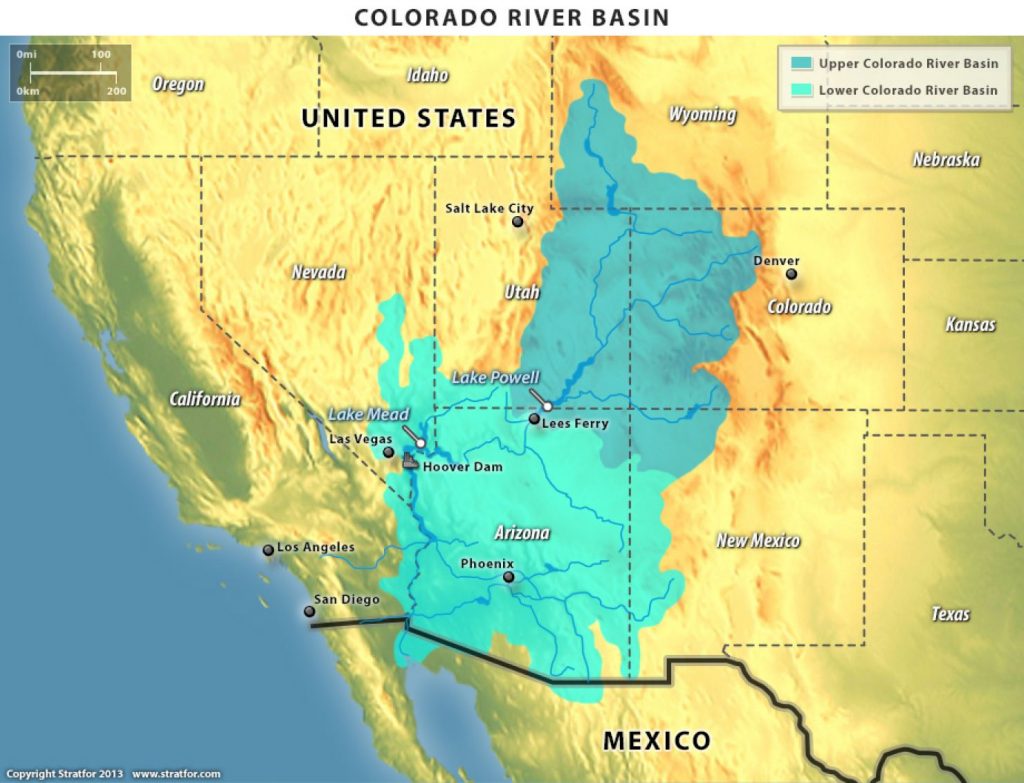The Major Issues with the Colorado River Compact
The Colorado River Compact allocates Nevada 300,000 acre-feet of the river’s water. By far, this quantity represents the smallest amount among the compact’s seven U.S. states. Drought conditions reduce the amount of water available. Also, climate change decreases snowpack in the Rocky Mountains that feed the Colorado River. Additionally, increased evaporation in reservoirs leads to even lesser supplies of water.
On top of that, the Colorado River Compact is inherently flawed. The fact remains: the original negotiators overestimated the amount of water available in the first place. They based the original water determination on an unusually wet period. They failed to take dry periods into account. It is true, the compact allocates less water than has ever been available.
There is only way to fix the river’s fundamental supply-demand problem. We need to create a new Colorado River Compact.
Background of the Colorado River Compact
In 1922, seven states signed on to the Colorado River Compact. Colorado, Utah, Wyoming and New Mexico form the the Upper Basin states. California, Arizona, and Nevada make up the Lower Basin states. The arrangement represented the first interstate agreement designed to apportion water between states sharing a river. Indeed, the river is some 1,500 miles long and dammed in 15 locations on the main stem. Additionally, hundreds of tributaries are dammed. According to estimates, water capture affecting the Colorado can collectively hold five times the river’s annual flow.
Glen Canyon as Control for Lower Basin States
The upper basin states on the Colorado River — Wyoming, Colorado New Mexico, and Utah — worried that the lower basin states — California, Arizona and Nevada — would take too much water and grow too fast. They wanted to control the amount of water flowing to the lower basin states. Indeed, Glen Canyon Dam was built as their way to hold back water. That way, they wouldn’t have to give more than they were legally required to those states in the south.

